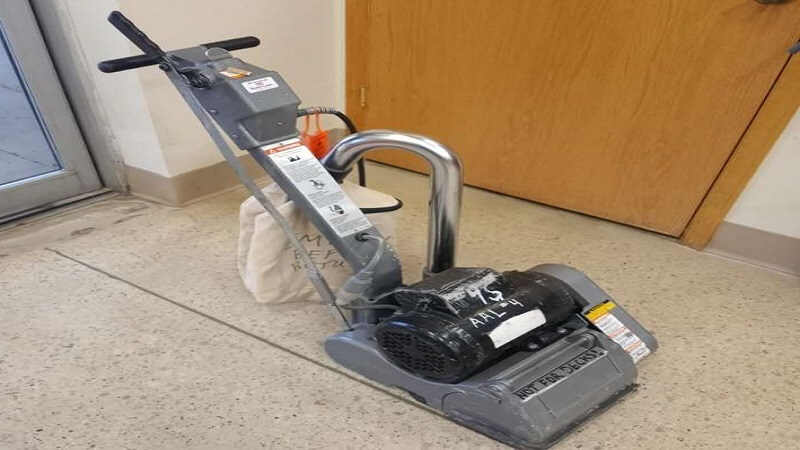When embarking on a construction project, landscaping endeavour, or any job that calls for specialised tools, equipment hire can be an economical and efficient solution. This essential guide delves into the various aspects of tool rental, providing valuable insights to ensure you make the most of your rental experience.
Understanding the Benefits of Equipment Hire
Hiring tools and machinery comes with numerous advantages. The foremost benefit is cost-effectiveness. By renting, you avoid the heavy investment associated with purchasing. Furthermore, it alleviates the concern of equipment depreciation and obsolescence. Renting also offers versatility; you can select the precise tools needed for the task at hand, ensuring peak productivity and performance.
Making the Right Selection
Choosing the appropriate equipment is critical to project success. Begin with a comprehensive evaluation of the job requirements and the tool functionalities needed. Consider factors such as power source, size, and ease of use. Should you have any uncertainties, rental experts are ordinarily available to offer advice and ensure you rent the most suitable tools.
Navigating the Rental Process
The process of equipment hire is typically straightforward. It involves selecting the desired tool, agreeing on the rental duration and rate, and understanding the terms of use. Most rental companies offer daily, weekly, and monthly rates, catering to short-term and long-term needs alike.
Addressing Safety Concerns
Safety should never be compromised when operating rental equipment. Ensure you receive thorough instructions and demonstrations on the proper use of the tools. Adequate personal protective equipment (PPE) and adherence to safety guidelines are imperative to avoid accidents and injuries.
Maintaining the Equipment During the Hire Period
Whilst the rental company is responsible for providing well-maintained tools, renters should uphold the equipment’s condition during the hire period. Daily checks and following the manufacturer’s maintenance recommendations contribute to the tool’s longevity and reliable performance.
Dealing with Breakdowns and Repairs
In the event of a breakdown, most tool rental agreements include repair and maintenance clauses. Communicate promptly with the rental company to resolve any issues. The rapid address of these concerns can prevent delays and additional costs.
Planning Logistics and Transportation
Transporting heavy or bulky tools requires planning. Evaluate whether you will undertake this personally or if the rental company provides delivery and pick-up services. Ensure that the logistics align with your project timeline to maximise the efficiency of your hire period.
Considering Environmental Impact
Eco-friendliness is increasingly becoming part of decision-making processes. Opt for rental companies that maintain their equipment to high environmental standards, or that offer tools with lower emissions and improved energy efficiency. Such choices can diminish the environmental footprint of your projects.
Assessing the Total Costs
While tool rental can offer cost savings, it’s important to fully understand the associated costs. Beyond the base rental rate, consider additional charges such as deposits, delivery fees, and potential late return fines. A transparent and detailed rental agreement can help avoid unexpected expenses.
Leveraging Rental for Project Management
Timely access to the right tools can considerably improve project management. Equipment hire provides the flexibility to adjust tool availability in accordance with project phases. This agile approach can optimise timelines and resource allocation.
Utilising Expert Support and Services
Many equipment hire companies, like Makana Hire, go beyond merely renting out tools. They provide expert advice, training, and support services, ensuring you’re well-equipped to tackle your projects with confidence.
Understanding Insurance and Liability
It’s essential to comprehend your liabilities when renting equipment. Check whether your own policies cover rental tools or if you need to opt for the rental company’s insurance offerings. Clarify the coverage for theft, damage, and other liabilities before finalising the hire agreement.
Optimising for Long-Term Projects
For long-term projects, building a relationship with a reliable rental company can yield dividends. You may benefit from preferential rates, comprehensive service packages, and tailored support tailored to the specific requirements of your projects.
Embracing the Digital Evolution in Equipment Hire
The digital transformation has impacted the tool rental industry, with many companies offering online reservations and digital management of rental agreements. Make the most of these conveniences to streamline your rental process and enhance your operational efficiency.
Choosing a Trustworthy Equipment Hire Partner
Selecting a reputable equipment hire partner is the cornerstone of a hassle-free rental experience. Opt for companies with a track record of reliability, quality service, and a broad range of tools. Customer reviews and testimonials can shed light on the integrity and performance of potential rental providers.
In conclusion, equipment hire provides a flexible, cost-efficient alternative to purchasing tools, particularly for specific projects or irregular use. By following this guide and partnering with a trusted company like Makana Hire, you can ensure that your tool rental experience is both successful and stress-free. Remember to evaluate your equipment needs, understand the rental process, adhere to safety protocols, and take responsibility for the care of the tools within your possession. With careful planning and consideration, equipment rental can greatly contribute to the efficient completion of your projects.
